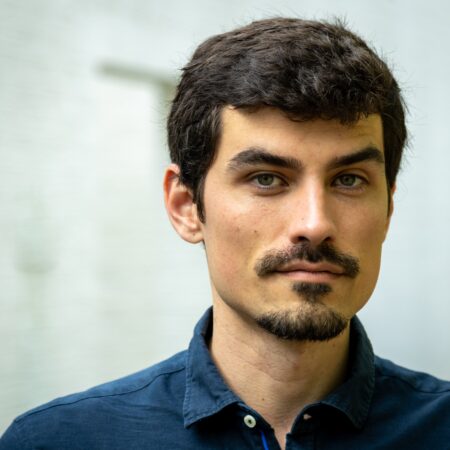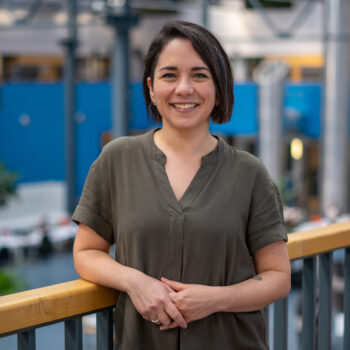Mapping design creativity | talk by Esdras Paravizo
18 Apr 2024 12:00 - 13:00
Studio 23/24, IDE
What are designers strategies during ideation sessions?

The Connected Creativity Lab is happy to invite you to a lunch lecture which will be offered by Esdras Paravizo. The talk will take place in studio 23/24 on 18th April between 12:00 and 13:00. You can register for this talk by signing up here.
Esdras Paravizo is a final year PhD candidate at the Engineering Design Centre at the University of Cambridge (UK) working under the supervision of Prof Nathan Crilly. His research focusses on engineering design and creativity, particularly looking at how computer games can be employed to foster design creativity in educational and practical settings. Currently, Esdras is pursuing a two-month research visit at the Design, Organisation and Strategy department at IDE/TU Delft, working with Dr Milene Gonçalves on design space visualisations and problem (re)framing education.
In this talk he will explore the topic of Mapping design creativity: What are designers strategies during ideation sessions?
Many design problems have a range of possible solutions that are collectively referred as the “design space”. As designers work, they engage in “space exploration”, searching for the combination of variables that yield the best outcomes for a set of performance metrics. Like explorers of ages past, present-day designers may not know how the spaces in which they operate are configured, employing different strategies during their design process.
From a creativity perspective, these spaces allow us to understand how ideas are distributed across the design space, deriving insights on idea novelty and variety as well as designers’ exploration behaviour. As such, the aim of this talk is to discuss a novel approach to mapping design spaces and framing design creativity in terms of designers exploration of the space.
He will provide an overview of how different approaches for design space representation relate to design creativity. He will then present the DS-Viz, a novel method to constructing design space visualisations and deriving creativity metrics using data from a game-based experiment. Finally, he will discuss how we can extend this approach to tackle different types of problems and data and the implications of using this method.
While relevant to both researchers and practitioners, design space representations of creativity appear to be particularly useful in educational contexts to uncover student creative behaviour. The visualisations discussed can be used as a creative feedback tool enabling educators to explain where students are in the design space, how expansive (or novel) their solutions are and how that compares to the full mapped space.
